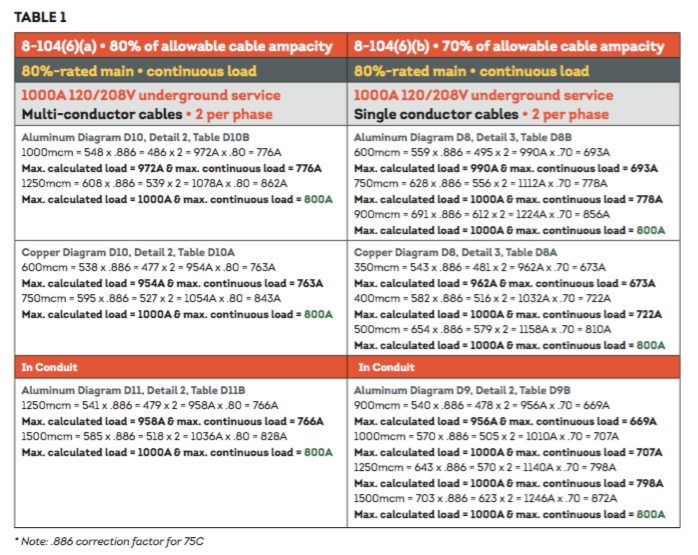That Man
Senior Member
- Location
- California, United States
- Occupation
- Electrical Designer
No. I'm pretty sure motor loads are always 125% There aren't any specific loads. I'm adding automation to a cable sizing application. I've run into this problem before, and just punted in the past. I can only do that so much before I need to find an answer.Are any of these loads by chance motor loads?

